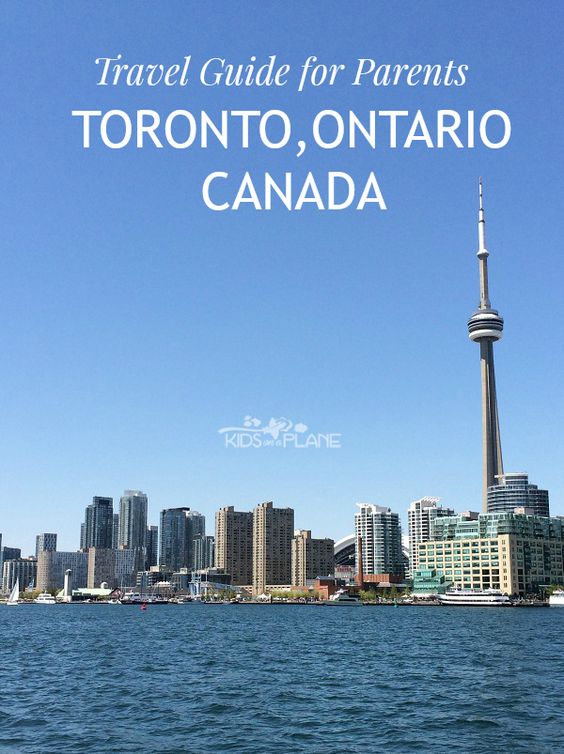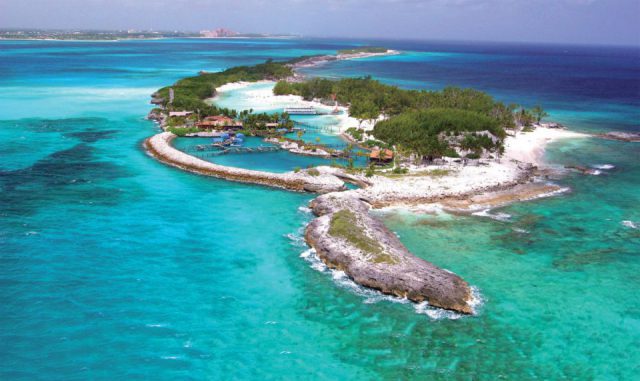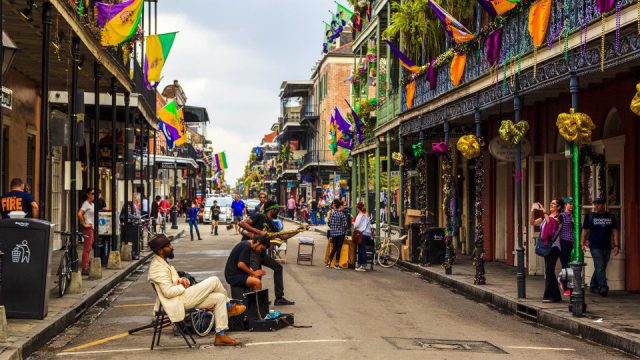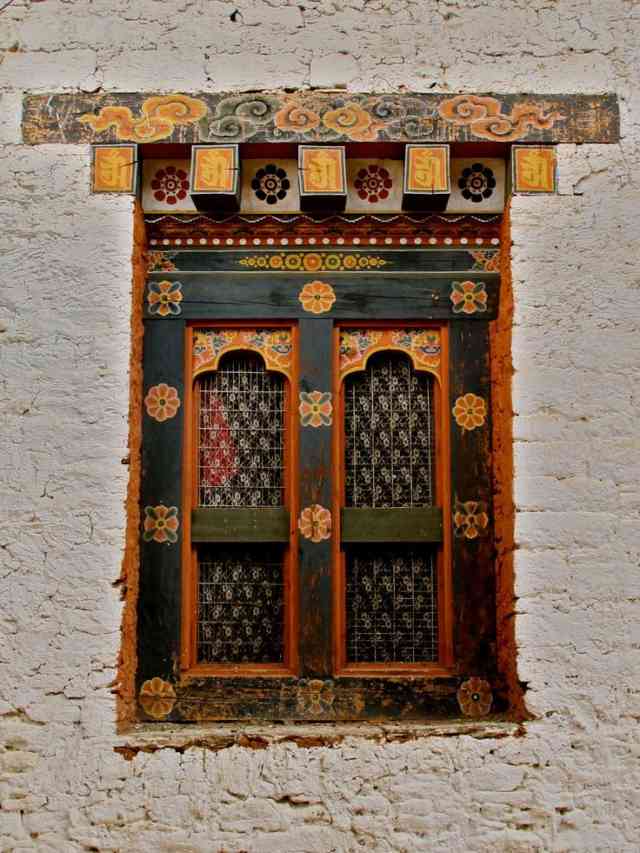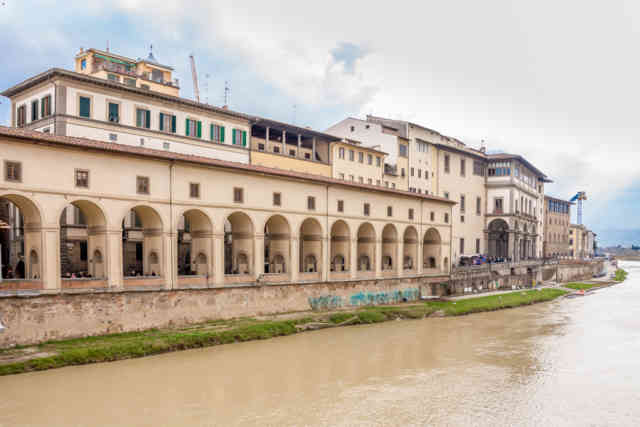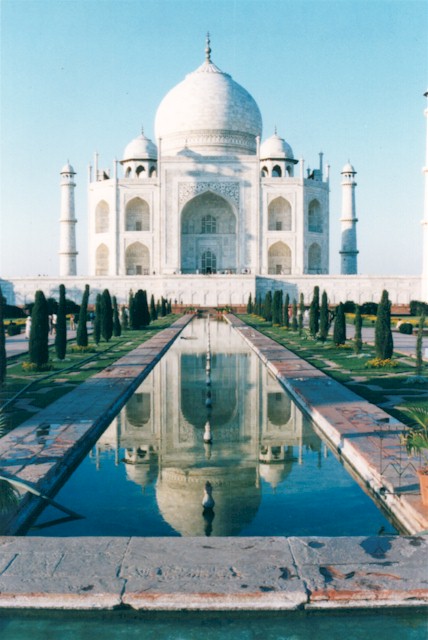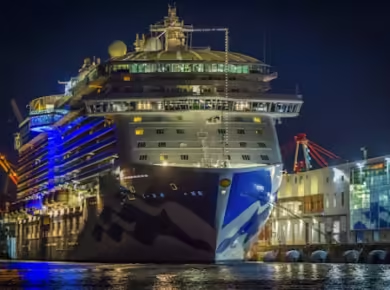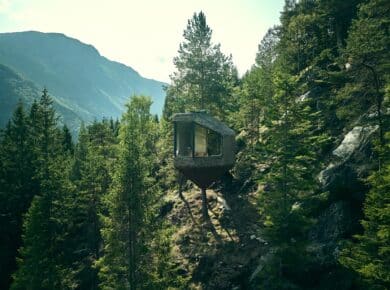Beautiful city of Barcelona, capital of Catalonia (a Spain's province), is situated on on the shore of the Mediterranean sea and bordered at either end by 2 river deltas. Barcelona is the second largest city in Spain after its capital city Madrid. Barcelona has a population of 1.5 million, over 4 million including suburbs. The varied, eventful history of the city dates back 4,000 years to the first settlements by ancient farmers. Later it became a Roman colony, the Visigoth's capital city, then it came under Moorish rule.
It went through sieges, destructions and occupations, finally to become an autonomous democracy 1975. The city has always played an important role in political and cultural life of Spain and it is well reflected in the variety and quality of historical buildings, museums, many other tourist attractions. Today Barcelona is one of the most diverse european cities with unique culture and rich traditions. You can find here a formidable balance of the traditional things and the avant-garde. A cosmopolitan metropolis, Barcelona affords visitors a warm and sincere welcome, being aknowledged worldwide as one of the best tourist-friendly cities in Europe.Barcelona's organisation of the 1992 Olympics provided regeneration of this dynamic city, gave a fresh start to its infrastructure development. WHAT TO SEE AND WHERE: POINTS OF INTEREST – La Rambla is a tree-lined pedestrian boulevard packed with buskers, living statues, mimes and itinerant salespeople selling everything from lottery tickets to jewellery. Pavement cafes and stands selling craftwork, street performers surrounded by curious onlookers, a noisy bird market, Palau de la Virreina, a grand 18th-century rococo mansion, the Gran Teatre del Liceu, the famous 19th-century opera house- these are all colourful parts of La Rambla's mosaic. La Rambla ends at the lofty Monument a Colom (Monument to Columbus) and the harbour. Barri Gotic – also known as Gothic Quarter, it is the old part of the city. Picasso lived and worked in Barri Gotic from 1895 to 1904 and Joan Miro was born and lived here during his youth. Gothic Quarter is situated on the right hand side of the La Rambla, it contains a concentration of medieval tall Gothic buildings (14-15th century) on narrow cobbled streets and now is home to much of the city's nightlife. La Sagrada Familia – La Sagrada Familia is one of the most famous and magnificent among Barcelona's landmarks. The life's work of Barcelona's famous architect, Antoni Gaudi, the magnificent spires of the unfinished cathedral imprint themselves boldly against the sky with swelling outlines inspired by the holy mountain Montserrat.
Above each facade there are four towers, 12 in total, which are dedicated to the Apostles. The tower in the center, the tallest of all at 170 m., is dedicated to Jesus Christ. Around these there are the towers of the four Evangelists, and the tower over the apse is dedicated to the Virgin. They are encrusted with a tangle of sculptures that seem to breathe life into the stone. Gaudi died in 1926 before his masterwork was completed, and since then, controversy has continually dogged the building program. Nevertheless, the southwestern (Passion) facade, is almost done, and the nave, begun in 1978, is progressing. La Pedrera – Casa Mila (Mila House) is an apartment building, the last example of Gaudi's civil architecture.It is one of his finest and most ambitious creations, extraordinarily innovative in its functional, constructive, and ornamental aspects. Visitors can tour the building and go up to the roof, where they can see spectacular views of Barcelona. One floor below the roof is a modest museum dedicated to Gaudi's work. Montjuic – the largest open space in the city, its main attractions are the Olympic installations, the Spanish Village and the hilltop fortress. Montjuic, the hill overlooking the city centre from the southwest, is home to some fine art galleries, leisure attractions, soothing parks and the main group of 1992 Olympic sites. Montjuic is covered in ornamental gardens with water features and is the most popular destination in Barcelona on Sundays. Tibidabo – is the highest hill in the wooded range that forms the backdrop to Barcelona. It has amazing views of the whole of Barcelona, a stunning cathedral, and a family fun park Parc d'Atraccions with old-style rides offering breathtaking views.
A glass lift at the park goes 115m (383 ft) up to a visitors' observation area at Torre de Collserola telecommunications tower. Modernisme – spectacular modernista architectural creations dotted around the city by famous Antoni Gaudi and his contemporaries. Camp Nou – home of F.C. Barcelona, one of Europe's leading soccer teams, with capacity of almost 100,000 spectators. The Seu Cathedral – Built in medieval times on the site of a Roman temple, La Seu is one of the great Gothic buildings in Spain. Parc de la Ciutadella – Barcelona's favourite park and a Sunday afternoon rendezvous for families, friends and ducks The Sardana – traditional Catalan dance, performed outside the cathedral and at national festivals, with everyone encouraged to join in.
